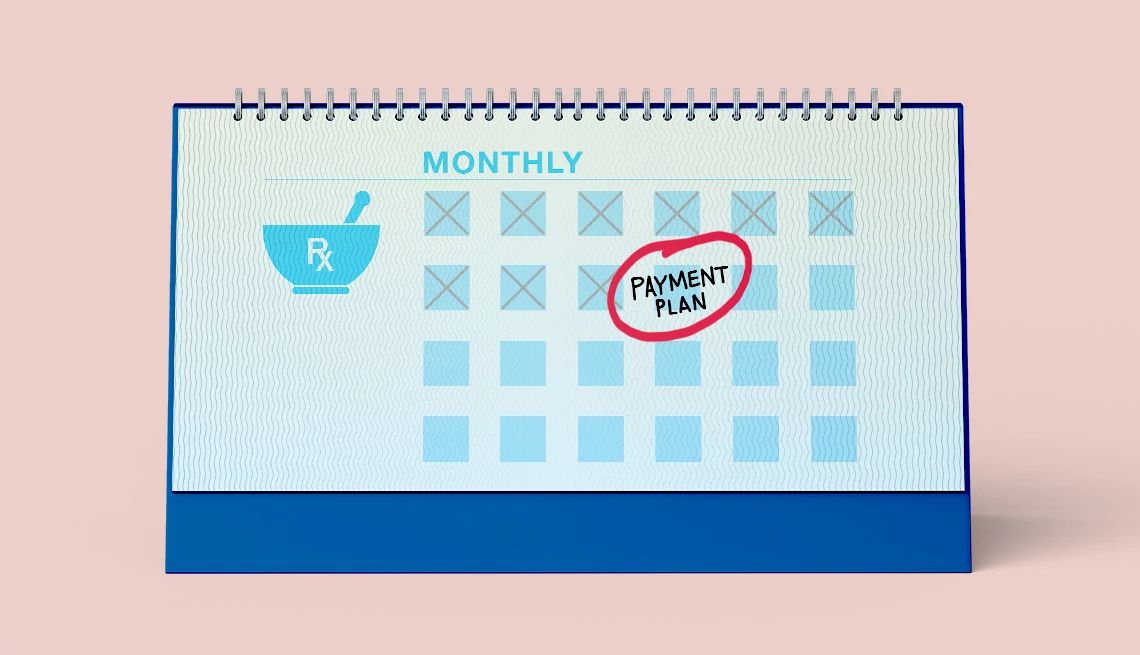AARP Hearing Center


A few big changes are coming to Medicare Part D in 2025, and one of them will affect how some people pay for their prescription medications when it comes time to fill them.
People with a Medicare prescription drug plan won’t pay more than $2,000 in out-of-pocket expenses for their prescription drugs in 2025 — a historic change backed by AARP that’s expected to benefit more than 3 million older Americans next year. Still, for those taking medications with out-of-pocket costs that near or exceed this cap at the beginning of the year, coming up with a few thousand dollars all at once isn’t easy.
Starting Jan. 1, people with a Medicare prescription drug plan — including Medicare Advantage plans with prescription drug coverage — will have the option to spread their prescription drug costs throughout the year, instead of paying them all at once. This means a $2,000 bill in January could become a $167 monthly payment.
New Rx Spending Limit Takes Effect in 2025
Starting Jan. 1, people with a Medicare prescription drug plan will not have to pay more than $2,000 in out-of-pocket prescription drug expenses in 2025. The new cap, which is part of the prescription drug law that AARP fought for, is expected to benefit nearly 3.2 million older Americans next year and more than 4 million by 2029, according to AARP research.
Read more about the Part D prescription drug cap at aarp.org.
The program, called the Medicare Prescription Payment Plan, won’t save people money on their medication expenses, says Meena Seshamani, M.D., who directs the Center for Medicare. But it may address the “cash flow issue” that many people face when it comes time to pay for their medications.
People “experience sticker shock if they have one prescription that has a very high cost and they have to pay all of that in one lump sum,” Seshamani says. The new payment plan “enables these people to spread their out-of-pocket costs out over the remainder of the year, so they don't have this sudden spike of having to pay all of this money up front.”
Here are five things to know about the new program and how it works.
1. You won’t pay for your prescriptions at the pharmacy counter
If you’re used to paying for your meds at the pharmacy counter, things will look a little different under this new program.
Instead of paying when you pick up your prescriptions (or when you order them online), you’ll get a bill each month directly from your drug plan. (Your plan will let the pharmacy know that you’re participating in this payment option.)
This bill will be separate from the monthly bill for your plan premium, if you have one.
































































More From AARP
5 Actions to Take for 2025 Medicare Open Enrollment
How to choose your best Part D or Advantage plan7 Medicare changes you'll see in 2025
Lower drug costs, coverage changes and new benefits99 Great Ways to Save 2024 Edition
Make your money work harder for you — and save on entertainment, health care and groceries
Recommended for You